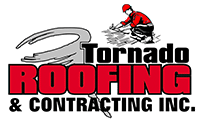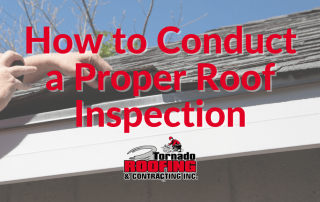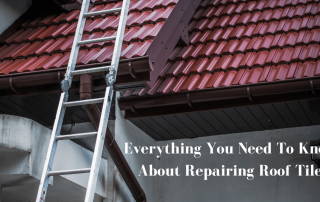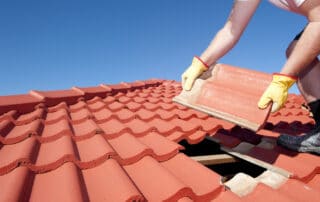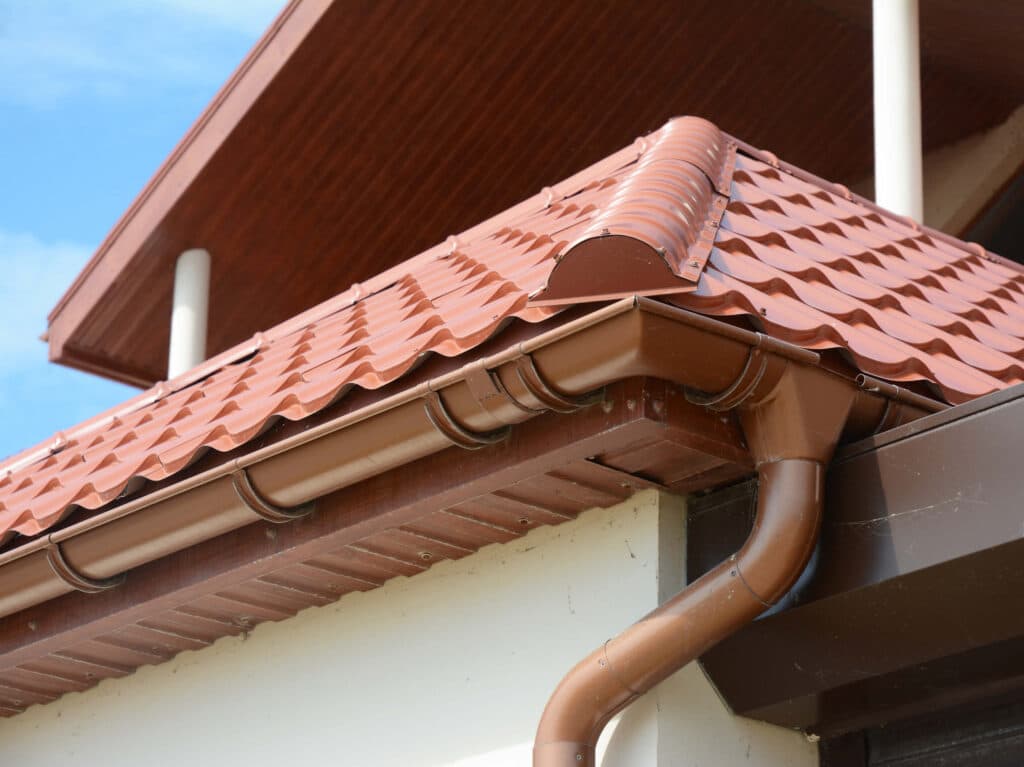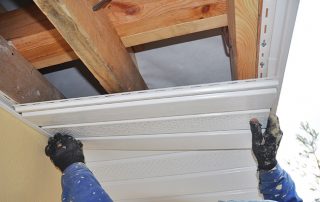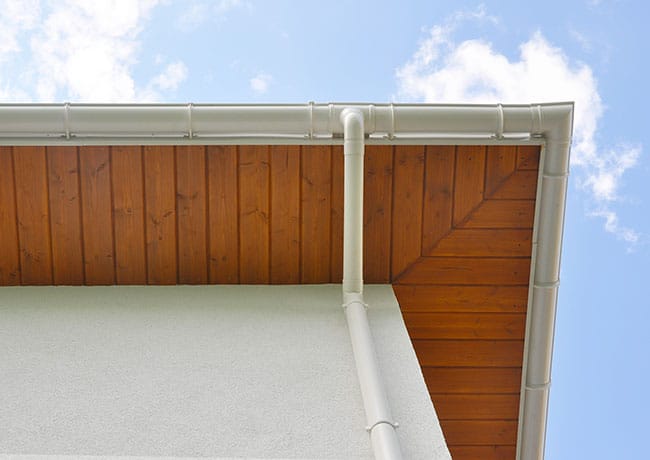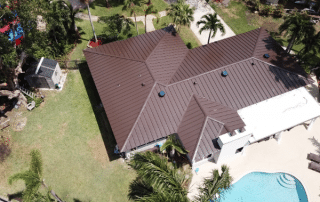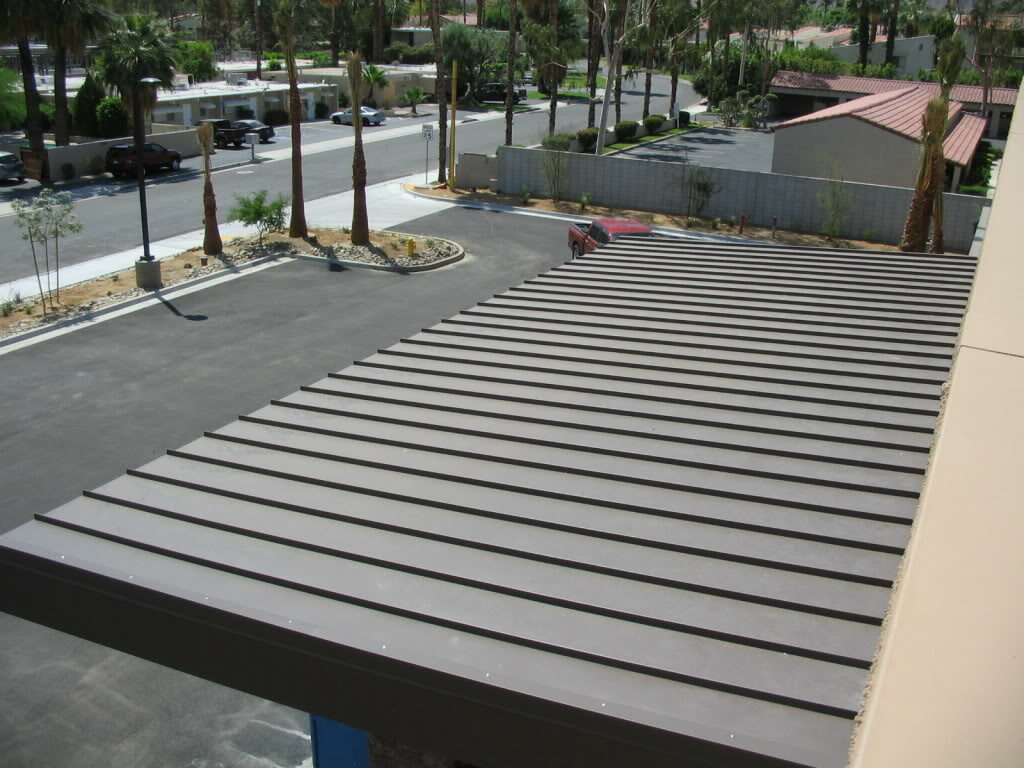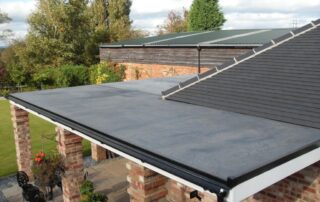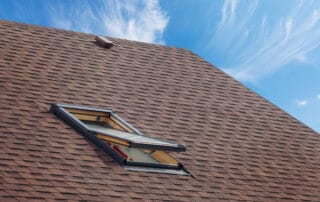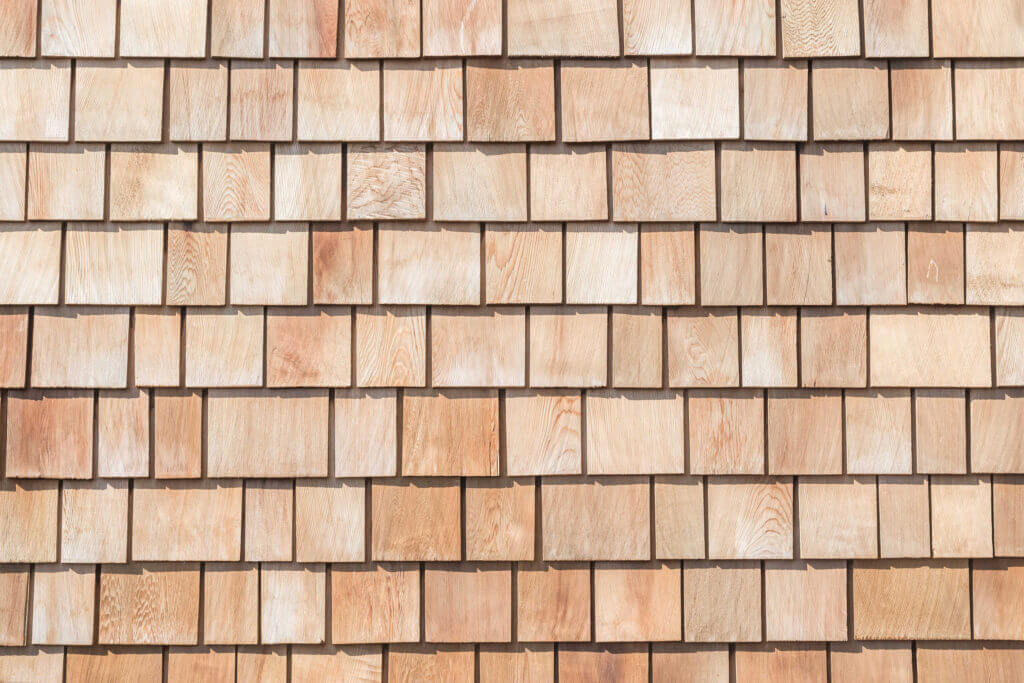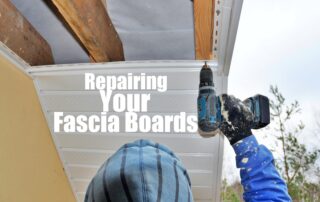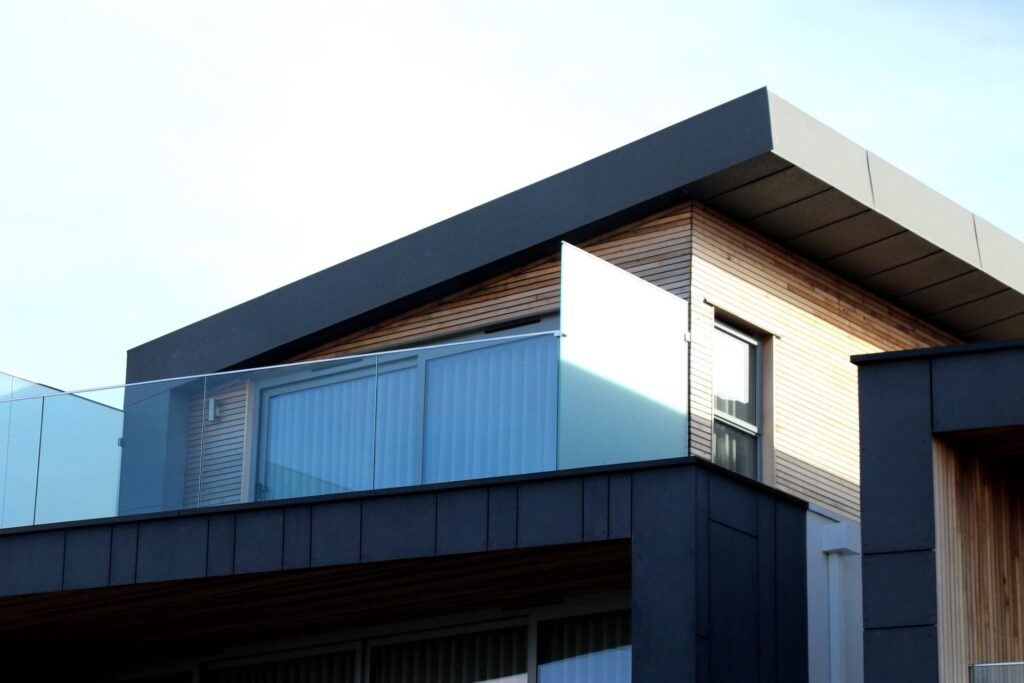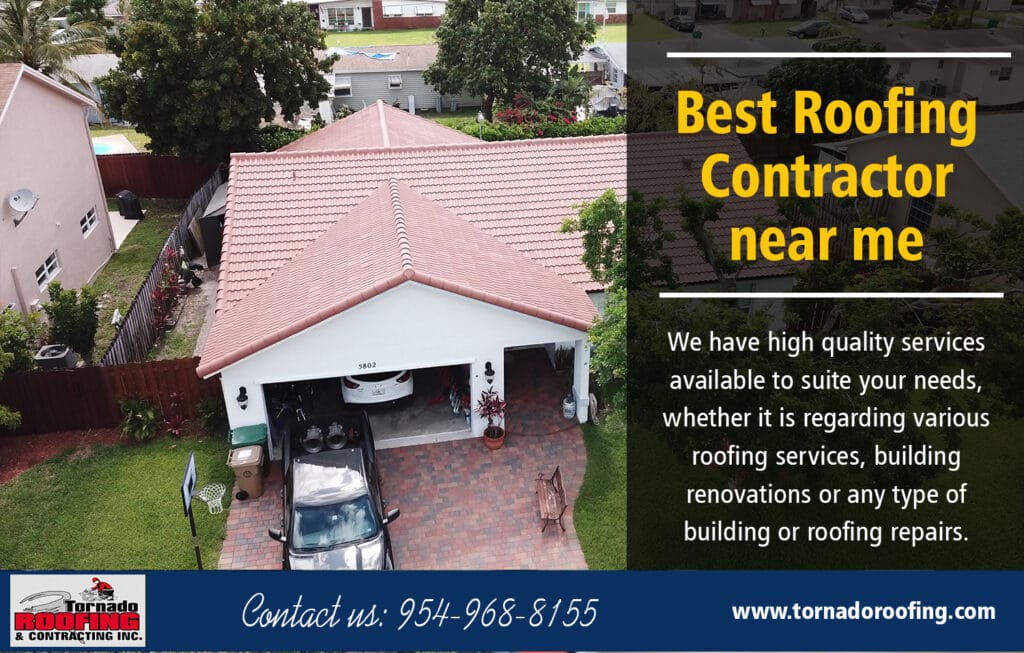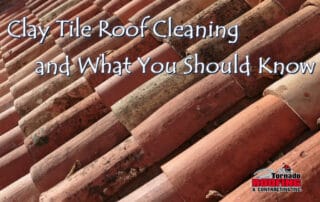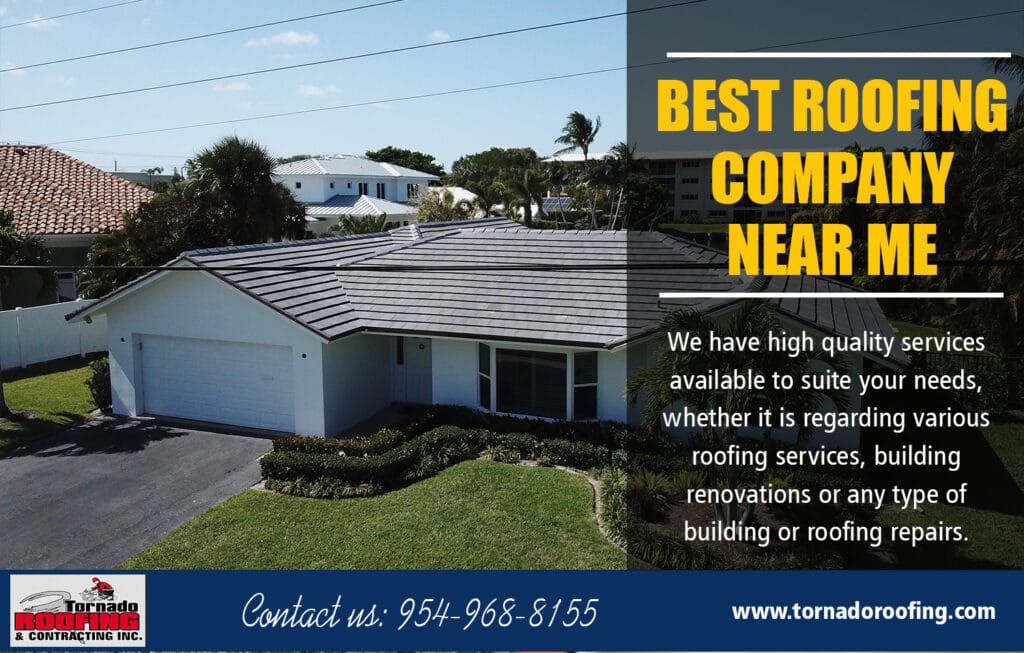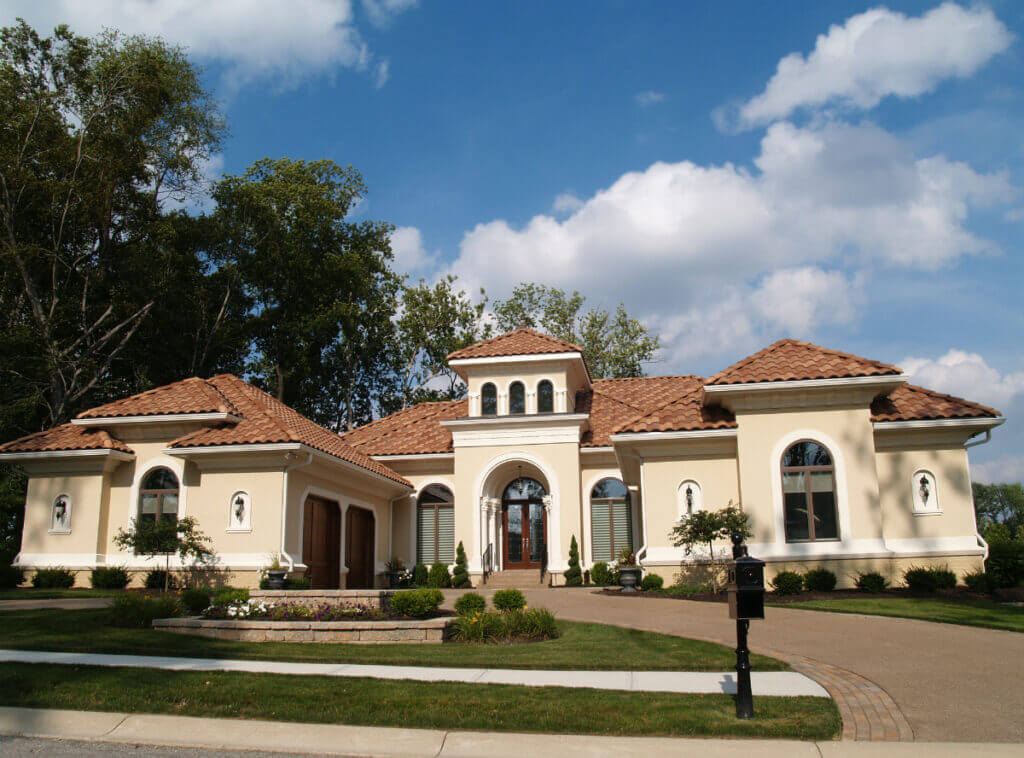How To Conduct a Proper Roof Inspection Service
With more than 100 types of roofing systems, and your roof playing such an important role for your home, regular inspection is key. Perform your own roof inspections at least twice a year once in the spring and again in the fall and any time there’s been a major storm.
Keep in mind, though, roof inspections are more than just walking around your home and looking up. Here’s what you should do when properly conducting a roof inspection service.
Start With the Gutters
The gutters are a major part of your roofing system. Qualified roof inspectors always pay attention to the condition of gutters.
If your roof needs a drip edge replaced, but the gutters are attached through it, then it cannot be replaced. If your home has gutter guards installed, they may need to be removed to install a new drip edge. If you need a new drip edge installed, there will be more time and labor involved.
In poor shape, the gutters won’t allow for proper drainage, which can lead to clogs, roof damage, and more. When there’s a leak in the gutter, that’s a sign that the homeowner will have more extensive damage to deal with later, if the gutters aren’t repaired.
When looking at gutters, take a few minutes to look at the underlayment to what condition it may be in. This also helps to determine how the roof was initially built.
Look at the Roof’s Flashing
This requires getting up on the roof, so make sure you have the necessary safety equipment and a spotter available if you decide to do it yourself. Without getting up on the roof, it’s impossible to see whether the flashing needs to be replaced, and without that there’s no way to provide an accurate estimate of necessary repair or replacement.
If your roof flashing is damaged, you could have a lot of damage underneath. That could lead to leaks and more extensive damage to other areas of your home depending on where the flashing is damaged.
Skylights? Check Those Too
If your home has skylights, you need to check around those. If you’re planning a full roof replacement it’s generally expected that you’ll replace the skylights as well. The average skylight lasts anywhere from 18 to 22 years.
Even if your skylight is working well right now, if it’s been close to 18 to 20 years since it was last replaced or first installed, it’s typically more cost-effective to replace your skylights when you replace your roof.
Inspect the Chimney, Vents, and Soil Stack
Take the time to inspect the chimney (if your home has a fireplace), along with soil stocks, and any vents in the roof. Cracking around the seals, broken shingles, etc. could let water make its way into your attic and in the walls of the home. These small details matter because if left unattended, can lead to extensive damage.
While it may be tempting to reinstall a soil stack with a few years left in its lifespan, reinstalling one that will fail before it’s time for another roof replacement will only cause more trouble over the long term.
Check the Attic
Taking a trip to the attic will give you a chance to see what the roof is like from the home’s interior. Here, look closely at the ventilation. Check for rotten wood and signs of water damage, like wet insulation.
If there’s not a lot of insulation in the attic, that subjects the roof to more damage because of the excess Florida heat that can make its way through. Though Floridians don’t have to worry about snow melting and refreezing rapid heating and cooling as temperatures change can still lead to issues.
Roof Inspection Services from Tornado Roofing
If you notice damage or issues with your roof inspection, it’s time to call in a roofing professional for a second opinion. At Tornado Roofing, after our thorough inspection, we’ll provide you with a detailed roof inspection report. Within that report, you’ll find recommendations and cost information to help you determine the extent of the project.
Whether you need a completely new roof or some repairs to keep it in tip-top shape for another few years, our professionals can give you peace of mind. If you live in or around Ft. Lauderdale or Naples, you can contact us to schedule a free roof inspection and estimate from a certified roof inspector.
